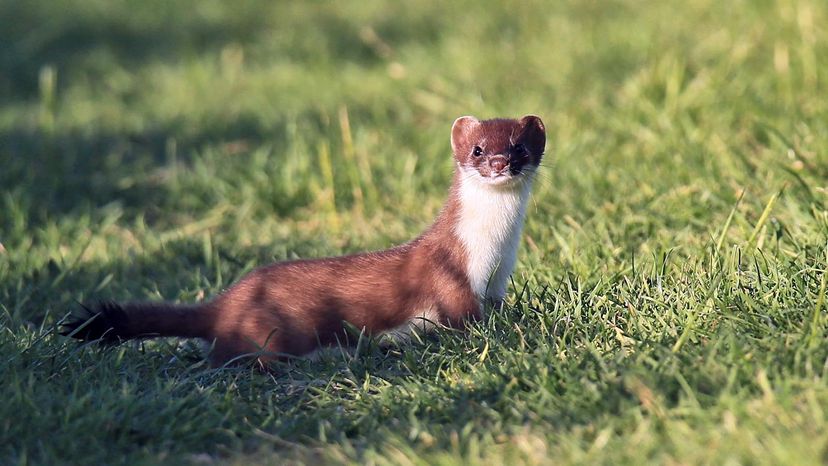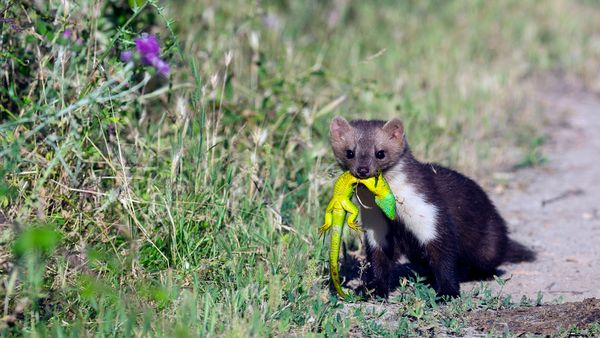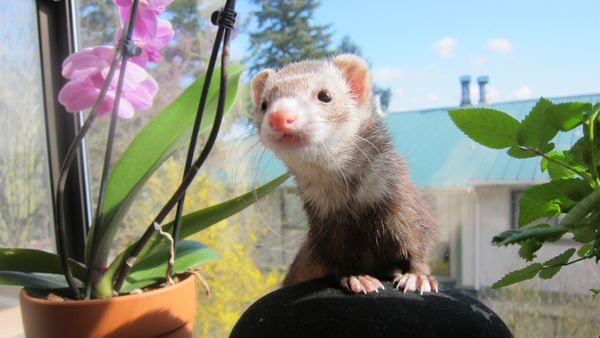
Upon first seeing a stoat, many people assume this small carnivorous mammal is related to a weasel. And that's a really good guess, especially since they are both small, brown, fast and ferocious mustelids, with sinuous bodies and short legs.
Although stoats are weasel-like animals, "they are generally much bigger in size with a distinguishing black tail tip," says Charli Burbidge, co-founder of the U.K.-based website Petz, via email. "Their appearance is similar to the weasel," she adds, "but a stoat has an elongated neck and longer skull. Stoats also have round, black protruding eyes, with short flat ears and huge claws compared to the size of their digits."
Advertisement
Another thing that sets weasels and stoats apart: Stoats have an unexpected superpower! They are agile hunters, typically attacking prey like rats, mice, possums, birds and squirrels by a single bite to the neck. But when it comes to hunting rabbits, stoats use their clever mind to hypnotize the creatures before hunting them down. The stoat on the hunt will go nuts — spinning, jumping and twisting — with its manic behavior attracting the rabbit's attention. As the stoat moves closer and closer, the rabbit remains transfixed until, well, it's too late.
Eager to find out more about these cool little creatures? Here are five more fun facts you might not know about the stoat, which is typically found along the English countryside.
Advertisement



